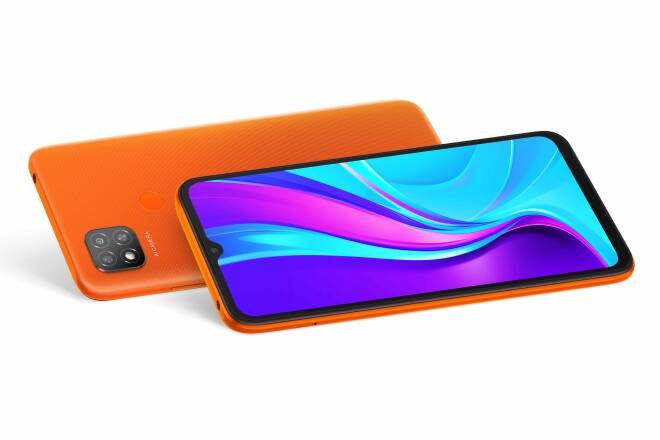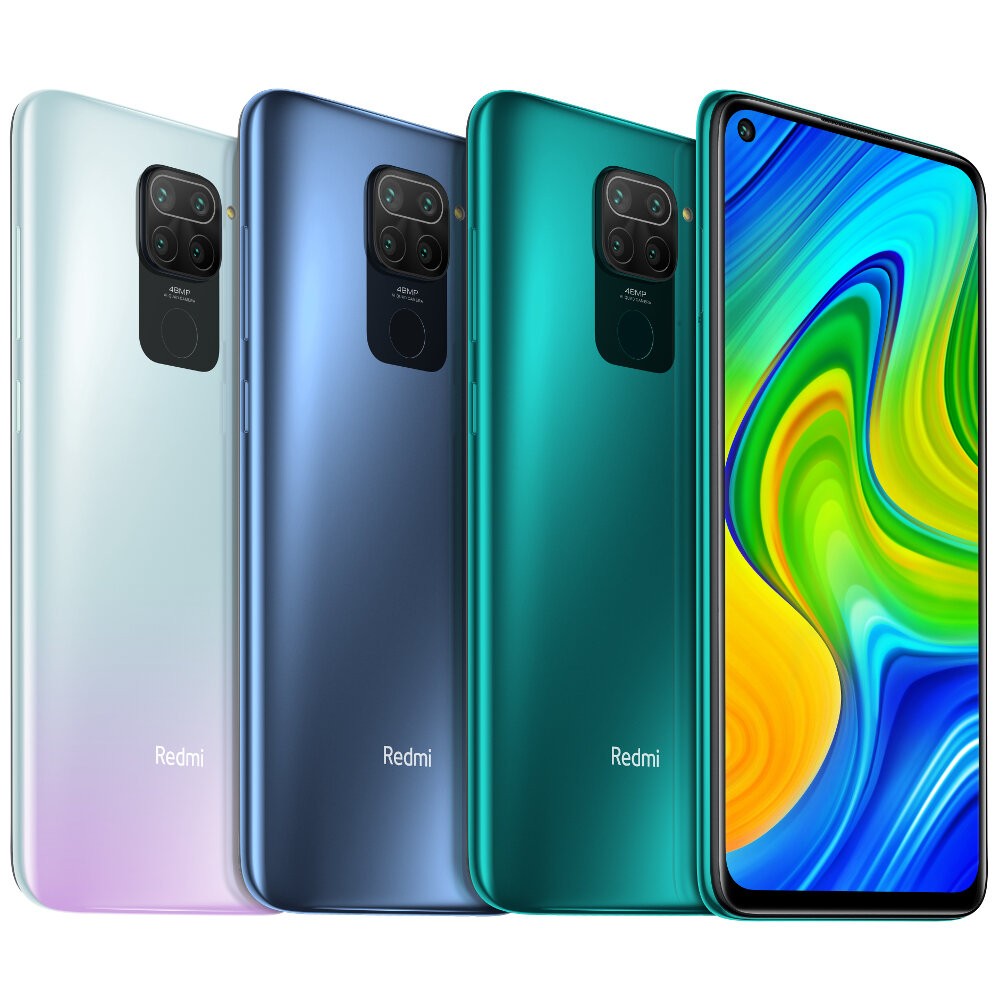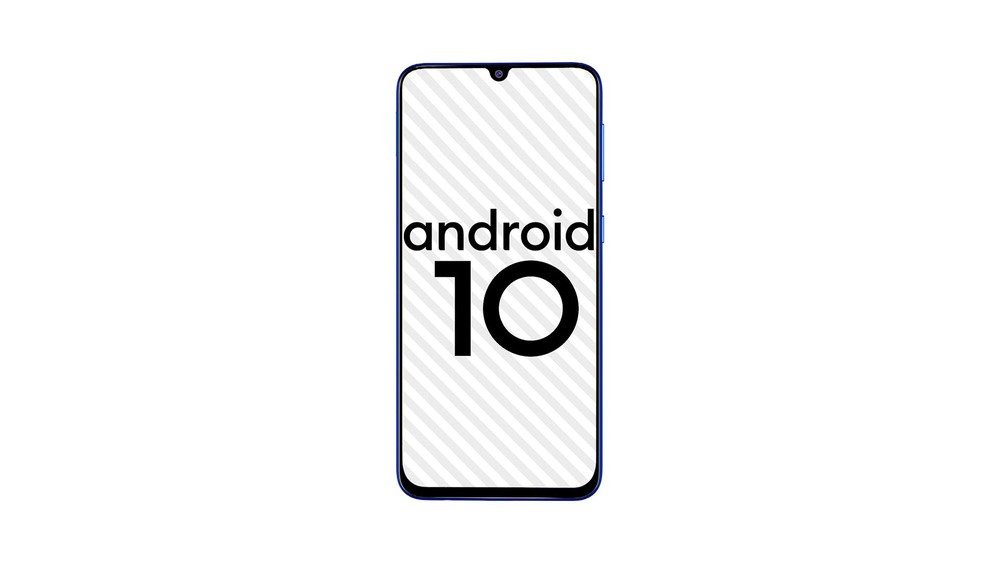Redmi 9 and Redmi Note 9 are two mid-range phones from Xiaomi that present good value for money for consumers. The smartphones resemble each other for their screen, beefy 5,020 mAh battery, and quad-camera, but have differences ranging from design to processor and additional features. Check out, in the following lines, what changes between the phones.
Redmi 9 vs Redmi Note 9
| Specifications | Redmi 9 | Redmi Note 9 |
|---|---|---|
| Launch | July 2020 | June 2020 |
| Current price | $152 | $196 |
| Screen | 6.53 inches | 6.53 inches |
| Screen resolution | Full HD + (2340 x 1080) | Full HD + (2340 x 1080) |
| Screen panel | IPS LCD | IPS LCD |
| Processor | MediaTek Helio G80 (octa-core up to 2 GHz) | Media Tek Helio G85 (octa-core up to 2 GHz) |
| RAM | 4 GB | 3/4 GB |
| Storage | 64 GB | 64/128 GB |
| Memory card | microSD up to 512 GB | microSD up to 512 GB |
| Main camera | Quad Camera: 13, 8, 5 and 2 MP | Quad Camera: 48, 8, 2 and 2 megapixels |
| Front camera (selfie) | 8 MP | 13 MP |
| Operating system | Android 10 | Android 10 |
| Battery | 5,020 mAh | 5,020 mAh |
| Telephony | Dual SIM | Dual SIM |
| Dimensions and weight | 163.32 x 77.01 x 9.1 mm; 198 grams | 162.3 x 77.2 x 8.9 mm; 199 grams |
| Colors | Gray, purple and green | Green, white and gray |
Screen and design
The Redmi 9 and Redmi Note 9 resemble each other in almost everything when it comes to screen quality. Both feature a 6.53-inch LCS IPS display, Full HD+ resolution (2340×1080 pixels) and 395 PPI density.

The models also feature sunlight, night, and reading modes, as well as TÜV Rheinland low blue light certification. Xiaomi claims, however, that the Redmi Note 9 is capable of delivering a wider color gamut than the simpler model.
In terms of design, the Redmi Note 9 has a more sophisticated look, with Gorilla Glass 5 glass protection on the front and rear. The front camera is housed inside the screen, which helps reduce the notch, and the fingerprint scanner is on the side. The Redmi 9 has a plastic back and Gorilla Glass 3 protection on the front. The notch cutout is drop-shaped and the fingerprint sensor is on the rear.
The Redmi 9 can be found in gray, purple, and green colors. The Redmi Note 9 comes in green, white, and gray finishes.
Camera

Both phones feature a quadruple-camera, but the quality of the sensors – and consequently of the photos – is quite different. The Redmi Note 9’s array consists of a 48 MP wide main lens (f/1.79), an 8 MP ultra-wide lens (f/2.2), a 2 MP macro lens (f/2.4) with autofocus, and a 2 MP depth sensor (f/2.4) to assist in Portrait Mode. The device comes with a document scanner that allows you to scan pages without shadows. The front camera is 13 MP (f/2.25).
The Redmi 9 has a 13 MP main camera and an aperture of only f/2.2, a common specification in cheaper smartphones. The other cameras have good versatility for captures with different field of view: 8 MP ultra-wide (f/2.2), 5 MP macro (f/2.4), and 2 MP depth sensor (f/2.4). The front camera is 8 MP (f/2.0).
As for the video, both record in Full HD (1080p) at a speed of 30 fps (frames per second). The devices come with facial recognition, HDR system, Portrait Mode, slow motion, and 10 times digital zoom. Only the Redmi Note 9 has Night Mode, Panorama Mode, and real-time Artificial Intelligence optimization.
Performance and Storage
The mid-range data-sheet is present in both devices. The Redmi Note 9 features a Media Tek Helio G85 octa-core processor up to 2.0 GHz and GPU with a frequency of 1,000 MHz. Xiaomi claims that the device’s performance is ideal for the gaming experience, with 30% more performance than the other model. The smartphone comes in two versions: one with 3 GB of RAM and 64 GB of storage, and another with 4 GB of RAM and 128 GB of storage
The Redmi 9, on the other hand, comes with a MediaTek Helio G80 octa-core processor of up to 2 GHz and 4 GB RAM. The Chinese company claims that the device performs well for audio-visual tasks such as music, movies, series, and games. The storage of the device is only 64 GB.
Both are capable of expansion by a 512 GB microSD memory card.
Battery

Another highlight of the two models is the big battery. Xiaomi bet on a component of 5,020 mAh with the promise of leaving the devices away from the sockets for hours. However, the Redmi Note 9’s charge lasts less time: up to 16 hours of continuous gaming and browsing. The smartphone features 18 W fast charging through the USB-C port and 9W reverse charging.
The Redmi 9, on the other hand, promises up to 19 hours away from the plugs in games and continuous browsing. The device also comes with 18W fast charging, but no reverse charging.
System version and additional features

Both phones left the factory with Android 10 and the MIUI 11 interface, and share the same software features, such as theme store and cloud backup. Xiaomi has already promised to release the latest Google update for both: soon, they should have Android 11 and MIUI 12.
The devices also come equipped with Bluetooth 5.0, USB-C, the traditional P2 headphone port, and infrared, which allows you to turn your smartphone into a universal remote control for TVs, stereos, and air conditioners.
In addition, the phones come with GPS, wi-fi in the 802.11 b/g/n/ac ranges, fingerprint sensor, and facial recognition to unlock the device. Only the Redmi Note 9 comes with NFC, a communication system to use for apps like Google Pay.
Price and Availability
The Redmi 9 is available for purchase on Amazon for $152 while the Redmi Note 9 can also be purchased on Amazon for $195.
This post may contain affiliate links, which means that I may receive a commission if you make a purchase using these links. As an Amazon Associate, I earn from qualifying purchases.

